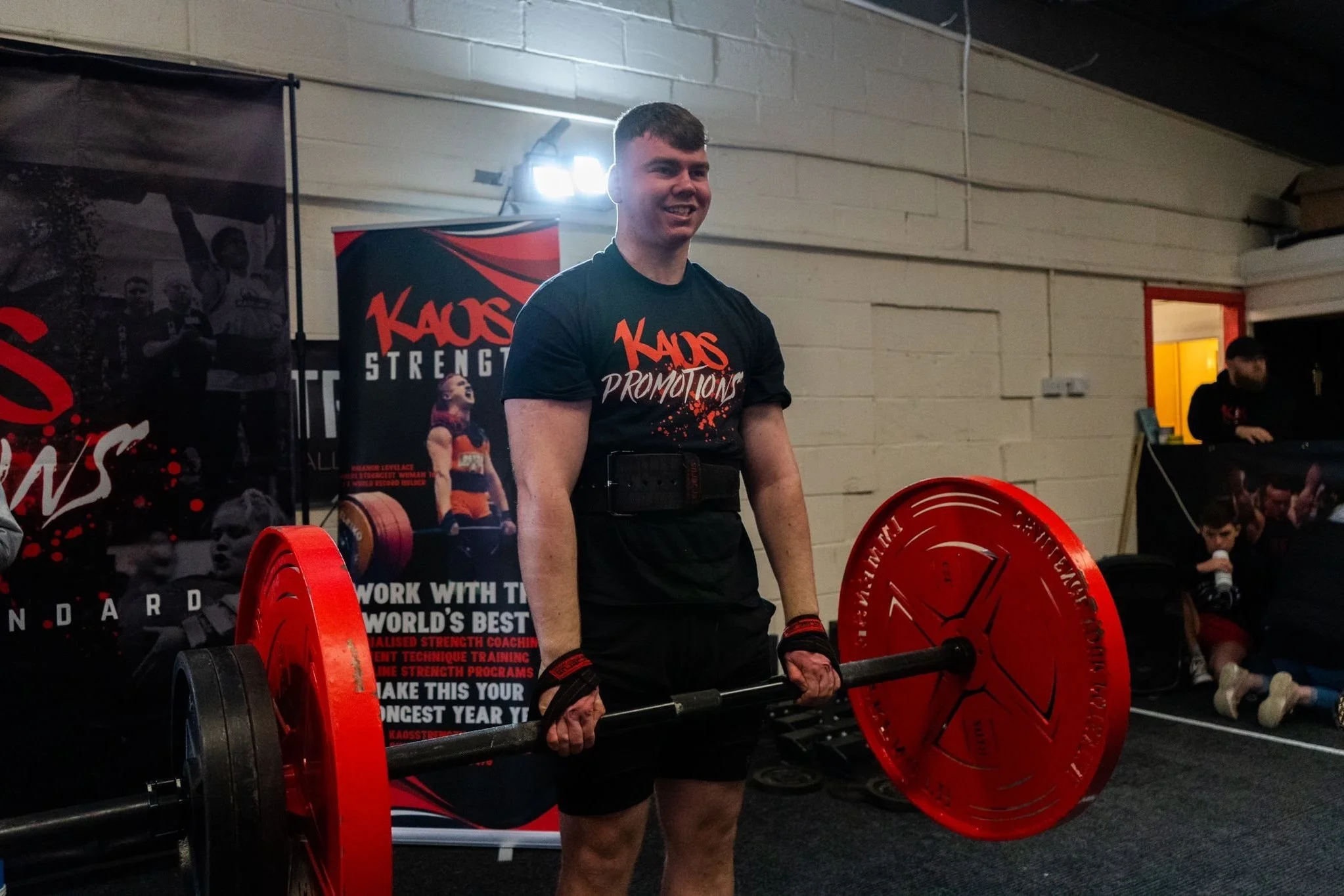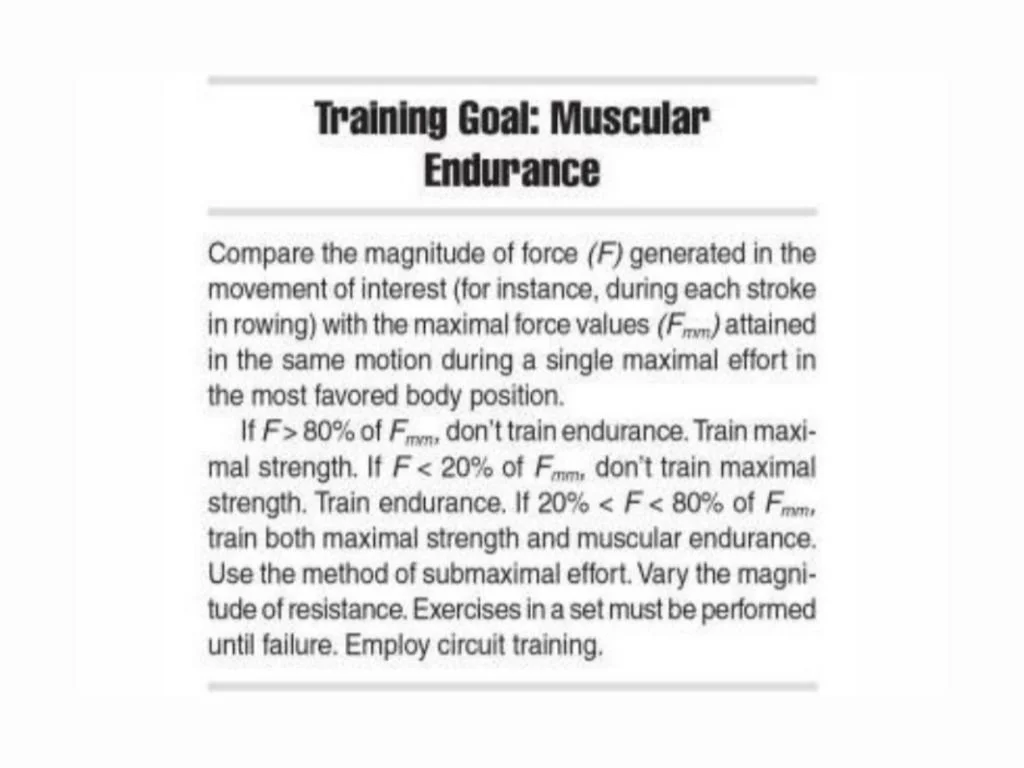
Performance Articles
How to Train for rep events in strongman
Rep events are a big part of the Strongman puzzle, but how to train them comes down to context.
Knowing how to train for them isn't just about adding reps. It's about understanding intensity zones, strength qualities, and where your current numbers fit into the equation.
Let's break it down.
Author: Adam Johnston
Reading Time: 6 mins
Date: 10th July 2025
Tags: #Strongman #StrengthTraining #RepEvents #Zatsiorsky #CompetitionPrep
Key Points:
How to decide whether to train for reps or max strength comes down to the competition weight reletive to your of 1RM
The critical 80% cutoff and why it's often misunderstood
Practical ways to apply force and endurance training principles to event prep
THEORY
For Olympic Weightlifters and Powerlifters, training is pretty straight forward, you train to lift the most weight possible in the competition movements.
For Strongmen and women, it’s not quite as cut and dry. One competition might be a max Log, and Axle Deadlift for reps, the next, Max Silver Dollar Deadlift and Axle Press for reps.
And thats where it gets interesting and why we love the sport.
Interpreting what those events mean for your own training is often where people go wrong and become unstuck.
The text in the picture, lovingly stolen from the science and practice of strength training, but it lays it out nicely.
In short:
If the force required is above 80% of your max: Train for maximal strength, not endurance.
If it’s below 20%: Train for endurance, not maximal strength.
If the force required is between 20% and 80%: Train both.
But what does it mean?
Let’s say you’re prepping for a rep event with a weight that’s 90–95% of your 1RM, probably goes without saying, you just need to get stronger and you’d likely be quite intuitive with that.
Same goes the other way if you look at an event and it’s 70% or less of your max, you’ll likely intuitively train for reps.
But what about that 75 to 85% of your max grey area?
Whats your approach?
IN PRACTICE
To train an event well, you have to understand where it sits on your strength curve, not what the organiser says it is on paper.
I've personally trained the wrong quality before. Sometimes it meant I gassed out when I should've had an extra couple of reps, other times it meant I spent my training building strength endurance when I just needed a stronger top end.
It mostly comes down to understanding the above which is simple in theory, but easy to ignore in practice and important to understand.
My approach is
Sub-77.5% = Strength Endurance focus
Over 82.5%+ = Max Strength focus
77.5% to 82.5% = Do a bit of both
But how does that look?
We all know how to train strength so i’ll not cover rep events that are over 82.5% of your max.
If it’s sub 77.5% though, largely at staying in rep ranges and intensities that maintain strength while using timed sets and AMRAPS to increase specific work capacity. A 4x2 @85 to 85% followed by an AMRAP or timed set at 80% or competition weight would work nicely.
If it’s sitting somewhere between 77.5 and 82.5%, I think it’s still worth progressing strength, but you’d also throw in some of that capacity work. Completing your usual strength work but making the last set an AMRAP at the same weight you worked at works nicely, as does cluster reps.
Practical Application & Takeaways
Use your actual 1RM to determine what training quality is needed and your approach.
Sub-77.5% of your 1RM? Work on rep capacity, AMRAPS, timed sets, pacing, and working under fatigue
Over 82.5%? Get stronger. Fewer reps, more intent. Train it like you usually would
77.5% to 82.5%, Train both with clusters and final set AMRAPS.
You should look to build your peak strength with the barbell year-round, but train events for what they are to you in that competition
Don’t just assume that "rep event" always means endurance, because context matters
Final Thoughts
In Strongman, max strength will always be king. But event prep has to match the event and your current level of strength.
Don't guess. Don't train based on what it says on paper. Train for what the event actually is for you.
Understanding where that 80% line falls could be the difference between higher placings or disappointment because one or two reps can make all the difference.
Bonus Trivia
You have two athletes:
Athlete A: 150kg squat max
Athlete B: 300kg squat max
You give them both an empty 20kg bar and ask them to squat for max reps. Who wins?
The answer: Intuitively you’d say the stronger athlete, but maybe not.
Once you drop below 20% of a 1RM, maximal strength is basically irrelevant. Endurance becomes the deciding factor.
It’s a good example of why theoretical cutoffs matter and why in rare situations, someone like Brooke Wells might out-rep Ray Williams... with an empty bar.
About the author
Adam is a strength coach and the Head Coach of Savage Strength.
He helps lifters get brutally strong through simple, effective training with a speciality in Olympic Weightlifting and Strongman.
If you want coaching tailored to you and your goals, let’s get started with personalised programming designed to get you stronger.




